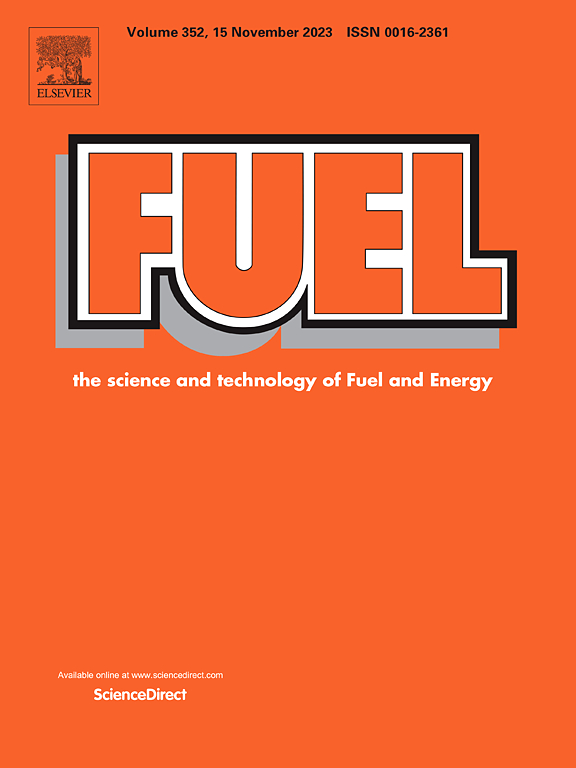Morphology modification of MoS2 by Co doping for highly efficient hydrogen evolution over full pH range at large current density
IF 6.7
1区 工程技术
Q2 ENERGY & FUELS
引用次数: 0
Abstract
Molybdenum disulfide (MoS2) has been considered as a promising Pt-substituting electrocatalyst in water splitting for hydrogen evolution reaction (HER). Despite the outstanding HER electrocatalytic performance of MoS2 in acidic media, it is still a challenge to apply it in alkaline and neutral pH environments. Herein, to expand its application to a wider pH range, modifying the morphology of cobalt (Co) doped bulk MoOx with a nanorod-array structure to three-dimensional (3D) Co-MoS2 nanoparticles aggregates was performed via a simple hydrothermal process followed with a sulfidation treatment. By such a simple modification, it is found that the obtained Co-MoS2 based nickel foam (NF) electrode (Co-MoS2/NF) can work stably for pH-universal hydrogen evolution with ultra-low overpotentials even at an industrial-level current density of 1000 mA cm−2, that is, 420 mV at pH = 0, 436 mV at pH = 14 and 870 mV at pH = 7.0. We consider that the incorporation of Co atoms in the MoS2 framework could optimize the electronic structure of MoS2 for boosting the HER activity at full pH range, which is inferred by various characterizations including XRD, TEM-EDS, and XPS analyses. It is anticipated that such a Co-MoS2 electrocatalyst with the 3D Co-MoS2 nanoparticles aggregates structure could be promising for sustainable and scalable production of hydrogen in various environments.

求助全文
约1分钟内获得全文
求助全文
来源期刊

Fuel
工程技术-工程:化工
CiteScore
12.80
自引率
20.30%
发文量
3506
审稿时长
64 days
期刊介绍:
The exploration of energy sources remains a critical matter of study. For the past nine decades, fuel has consistently held the forefront in primary research efforts within the field of energy science. This area of investigation encompasses a wide range of subjects, with a particular emphasis on emerging concerns like environmental factors and pollution.
 求助内容:
求助内容: 应助结果提醒方式:
应助结果提醒方式:


